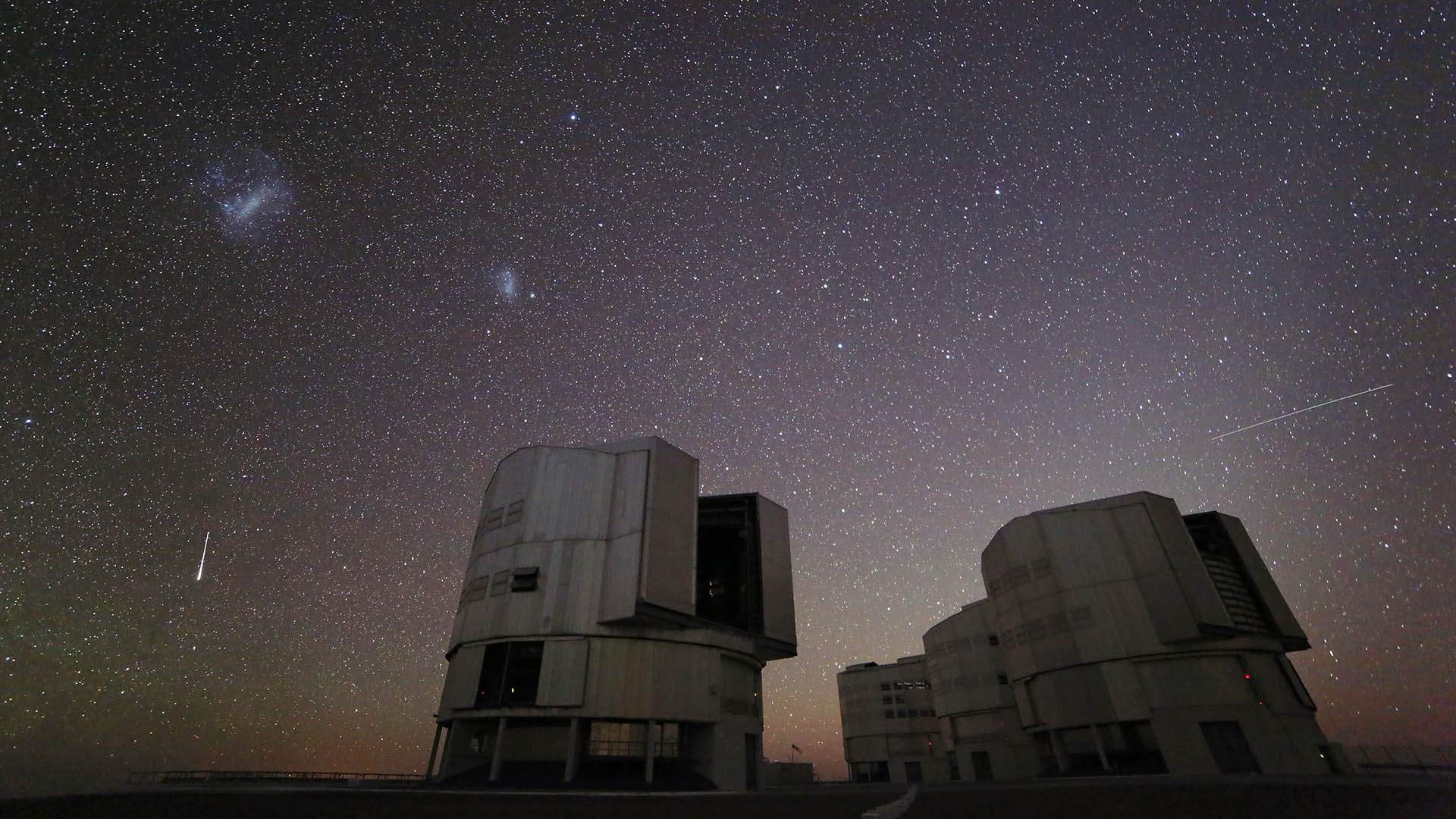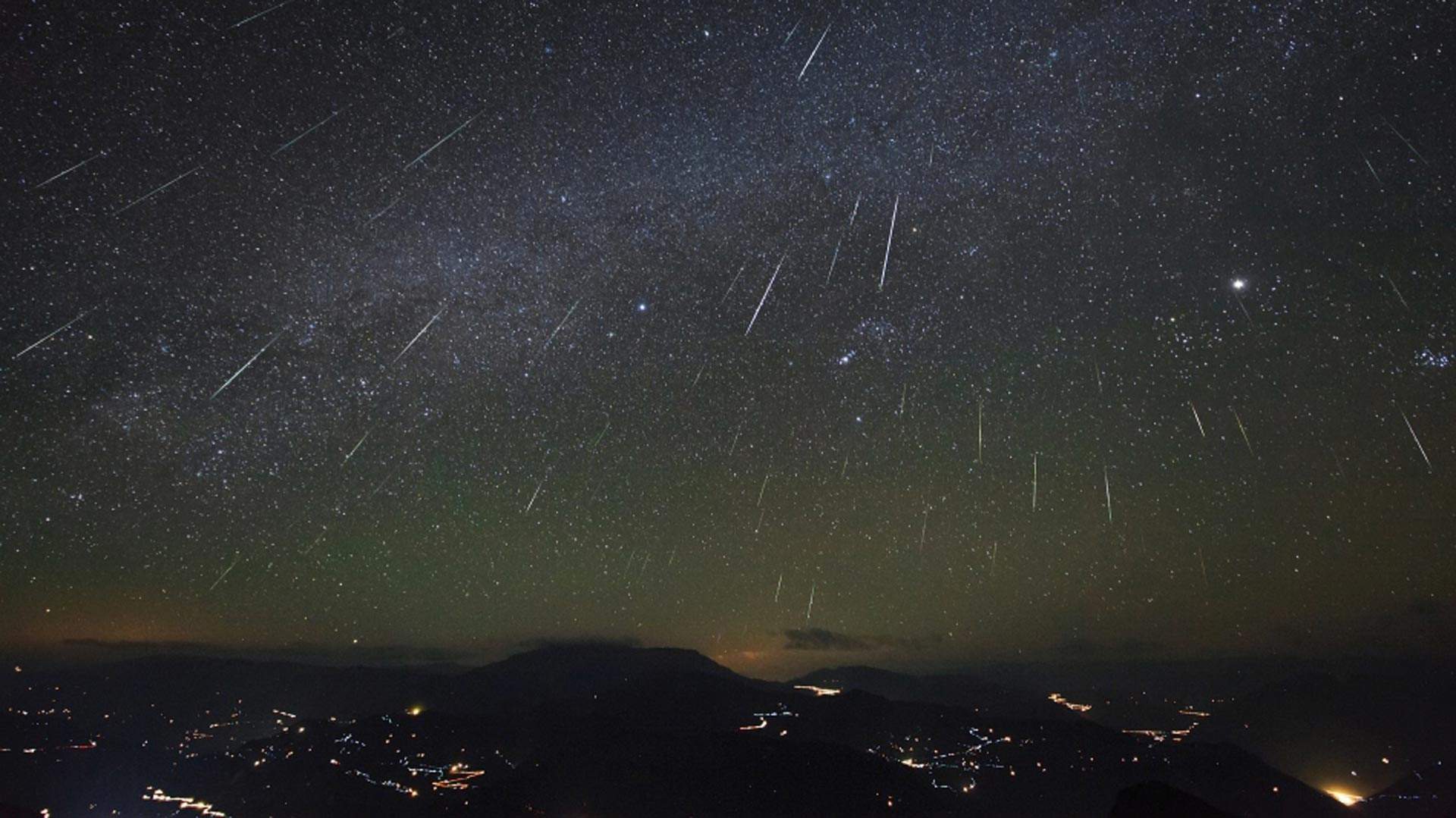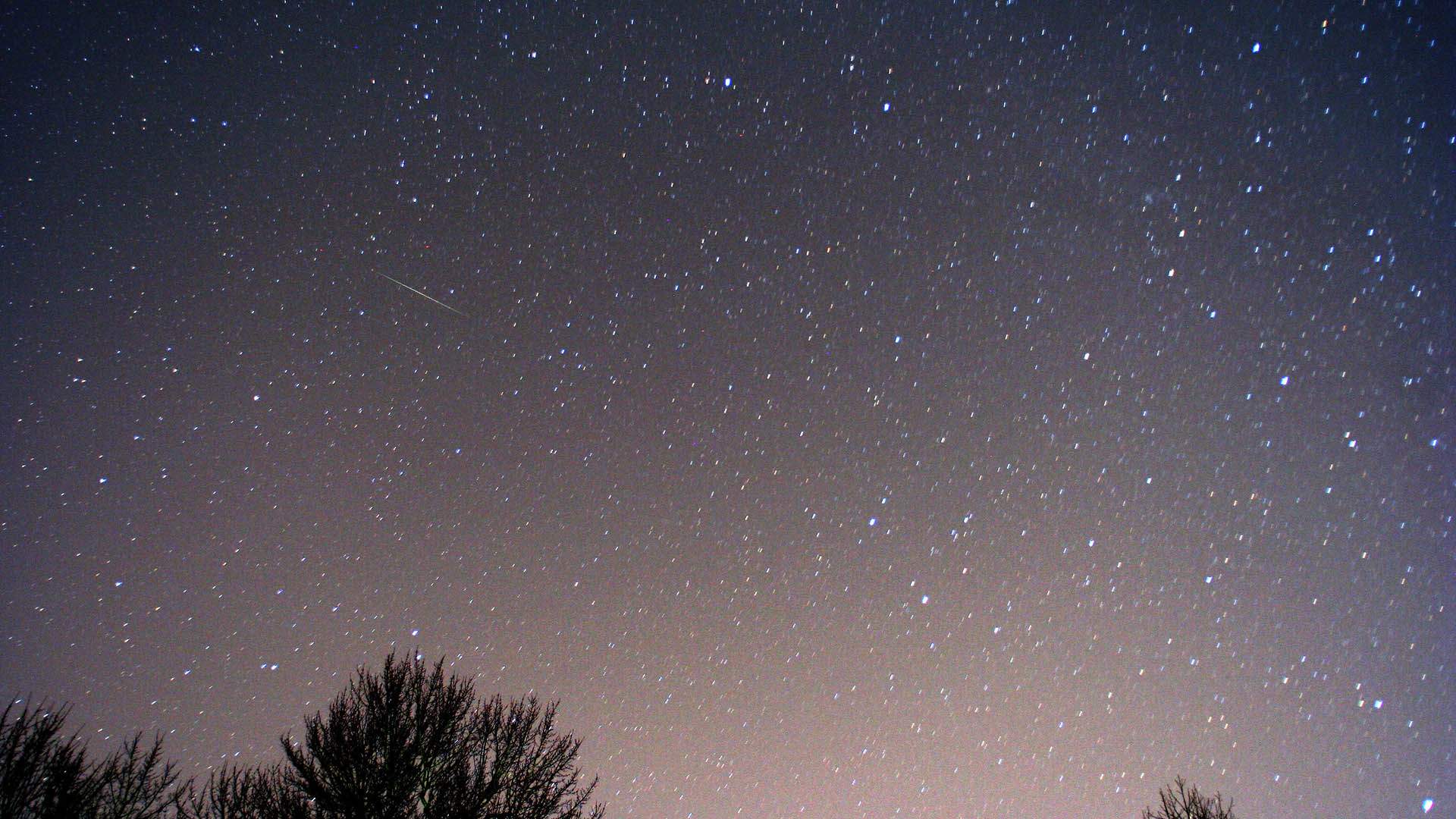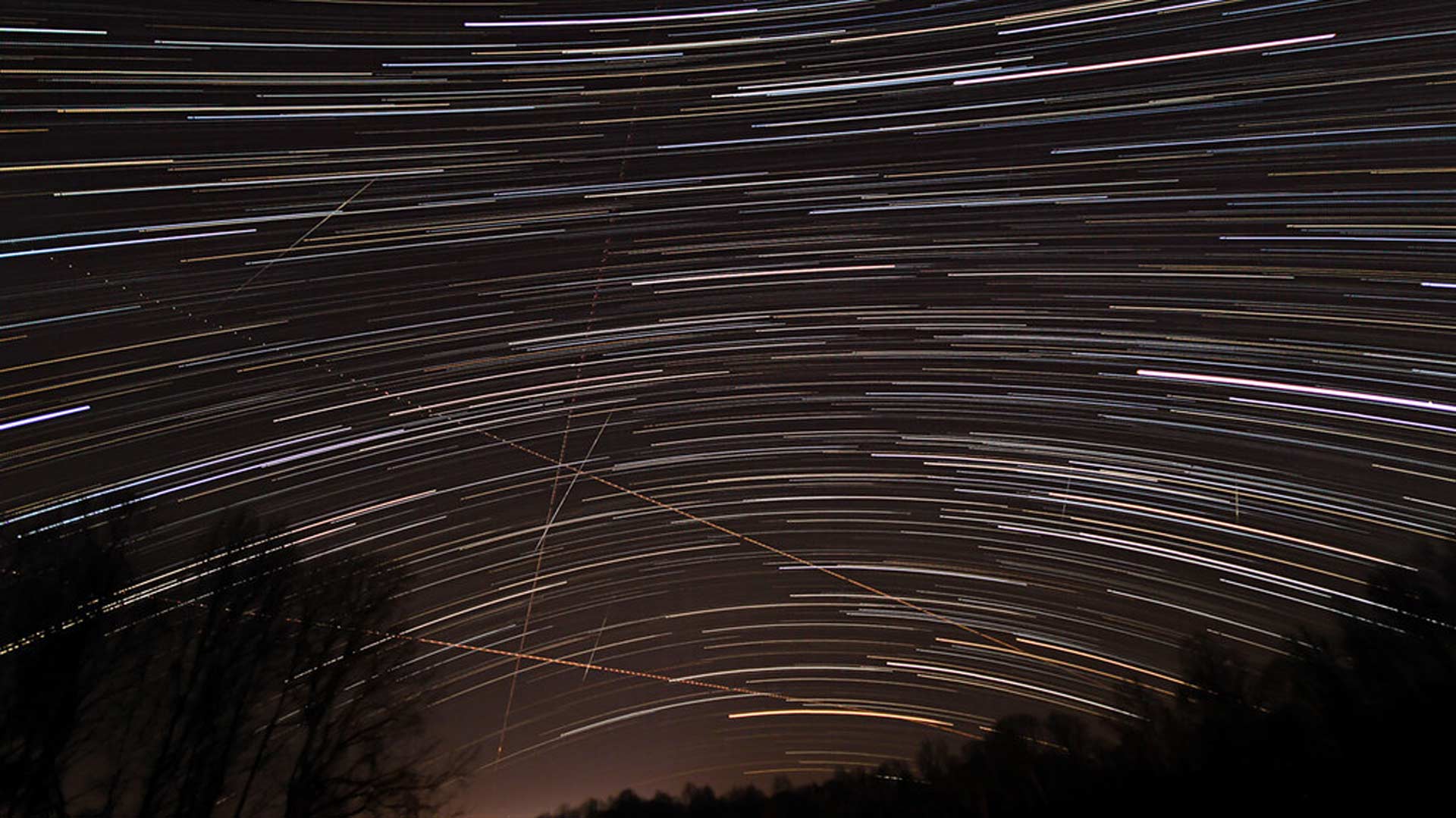The Impressive Geminids Meteor Shower Is Peaking in Australia's Night Skies This Week
The spectacular starry event only happens once a year — and it'll be at its peak overnight between December 14 and 15.
Every December, fans of sparkling sights are gifted a luminous feast for their eyes. No, we're not talking about Christmas lights. Regardless of whether you're bathing in a festive glow or hardly fond of all the merriment, 'tis the season for the Geminids meteor shower to soar through the sky — starting back on Sunday, December 4 and finishing for 2022 on Tuesday, December 20.
Yes, that means that this shower is visible right now. Even better: Down Under, it's at its peak on the evening of Wednesday, December 14 and the morning of Thursday, December 15.
If you have a telescope at hand, it's clearly a great time to put it to use. Eager to catch a glimpse, even from just your backyard or balcony? Here's everything you need to know.


ESO/G. Lombardi via Wikimedia Commons
WHAT IS IT
Lighting up the end-of-year skies, the Geminids meteor shower is considered the most spectacular meteor shower of the year. Again, Christmas lights aren't the only spectacle worth peering at this month.
The Geminids is caused by a stream of debris, left by an asteroid dubbed the 3200 Phaethon, burning up in Earth's atmosphere — and it was first observed in 1862.
Some years, you can catch as many as 150 meteors every 60 minutes, so this definitely isn't just any old meteor shower.


NASA, Marshall Space Flight Center, Jeff Dai.
WHEN TO SEE IT
The 2022 shower kicked off on Sunday, December 4, but it really is just getting started. While the Geminids runs through until Tuesday, December 20 this year, it's expected to be at its peak in Australia overnight between Wednesday, December 14–Thursday, December 15.
If you fancy a stint of stargazing, the best time to look up is on Wednesday, December 14 from around 9pm in Brisbane, 10pm in Perth, 11pm in Sydney, 11.30pm in Adelaide and 12am in Melbourne. The best time to catch an eyeful will be after midnight, when the moon has set and its light will not interfere, but before sunrise.


Mike Durkin via Flickr
HOW TO SEE IT
For your best chances, it's worth getting as far away from bright lights as possible. This could be a good excuse to head out of the city to a clear-skied camping spot — and pray for no clouds. To see the meteors, you'll need to give your eyes around 15–30 minutes to adapt to the dark (so try to avoid checking your phone) and look to the northeast.
The shower's name comes from the constellation from which they appear to come, Gemini. So that's what you'll be looking for in the sky. To locate Gemini, we recommend downloading the Sky Map app — it's the easiest way to navigate the night sky (and is a lot of fun to use even on a non-meteor shower night).
If you're more into specifics, Time and Date also has a table that shows the direction and altitude of the Geminids.

The Geminids meteor shower runs from Sunday, December 4–Tuesday, December 20, and will be at its peak during the night on Wednesday, December 14–Thursday, December 15. For further details, head to Time and Date.
Top image: A composite of 163 photos taken over 90 minutes during the Geminids by Jeff Smallwood for Flickr.





